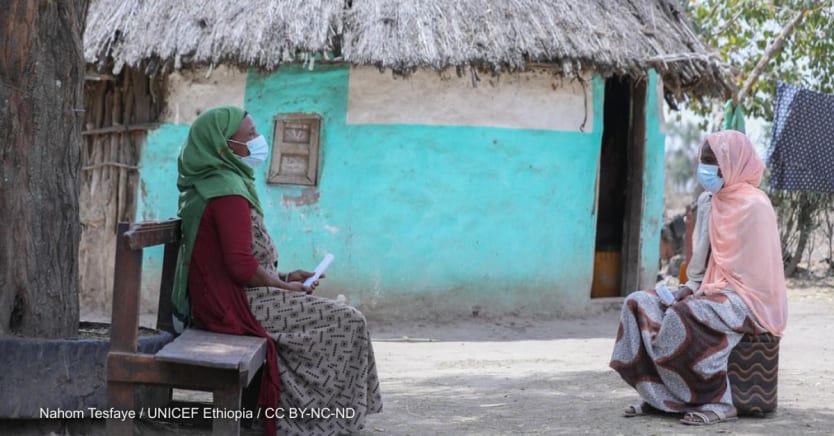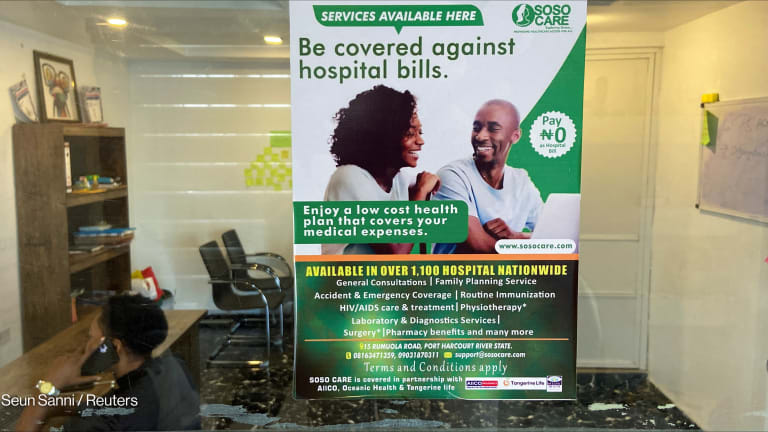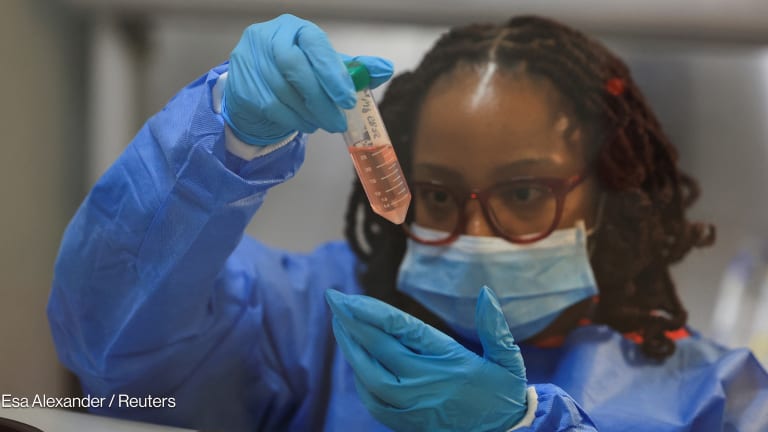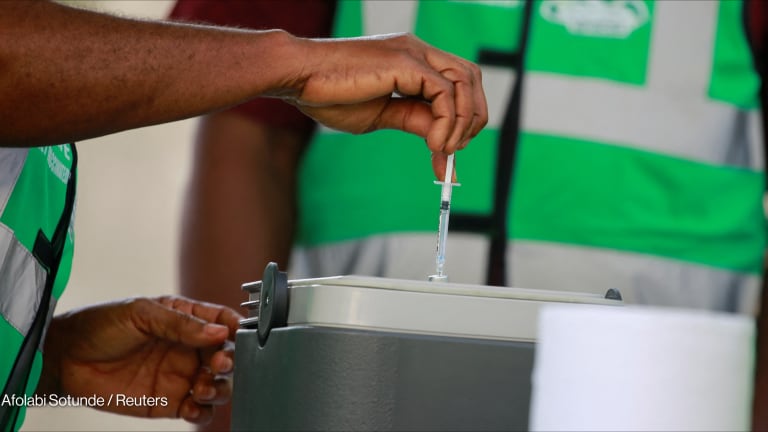
As COVID-19 continues to plague the world, global health leaders have sought to apply lessons learned from the past two years to improve preparation for future pandemics. International organizations and national governments have stressed the need to establish a new global framework as part of a core strategy to respond to disease outbreaks.
In the push to reinforce international collaboration, we are in danger of neglecting the importance of investing in stronger national and local capacity as our best hope to detect and mitigate novel disease threats before they reach pandemic proportions.
Improving epidemic preparedness at the country level is a complex process involving many different parts of government and civil society. Preparedness initiatives must demonstrate return on investment for efforts in which success is measured by a counterfactual — that an epidemic doesn’t happen. This is rarely the type of undertaking that ambitious policymakers are willing to support or governments and donors to fund.
But that’s exactly what must happen. Although COVID-19 has stimulated action and funding on a global scale, there have been at least 36 disease outbreaks since the beginning of the year detected by the World Health Organization. Disease outbreaks happen all the time and emerge in communities — something a global framework cannot, by virtue of its scope, address.
For the past five years, governments in Africa including Ethiopia, Nigeria, and Uganda have quietly tested new models for improving health protection. In that time before and during the pandemic, five key themes have emerged that point to a more effective model for operating in a world with increasingly frequent major disease threats.
First, effective national response comes from governments that can activate political leadership and implement processes that break down walls within and between ministries and sectors — from agriculture to travel — that impact health. Such a commitment is dependent on leadership at the top to provide the mandate to work together.
Second, preparedness also requires dedicated personnel who have no other job except to improve readiness. Many countries rely on emergency response teams to carry out preparedness work in their rare downtime, which often makes preparedness a stop-and-start venture at best.
When dedicated preparedness teams are created, the results can be dramatic. In annual assessments between 2018 and 2020, for instance, preparedness improved significantly in countries as diverse as Nigeria, Ethiopia, and Uganda. In Uganda, preparedness capabilities increased by 35% between 2018 and 2020 as measured by WHO’s State Party Self-Assessment Annual Reporting tool.
Third, effective coordination depends on a clear understanding of priorities by all parties. Unfortunately, COVID-19 revealed a fundamental weakness in many countries’ pandemic response. National action plans for public health security, or NAPHS, which function as a blueprint for preparedness activities, can become laundry lists and often lack a focus on functioning of the system.
For the past few years, the governments of Liberia, the Democratic Republic of Congo, Nigeria, Uganda, and Ethiopia have practiced a better way of tracking activities. Redesigning their NAPHS as 12-month operational plans has significantly improved resource allocation between national and local government departments.
Moreover, the deployment of customizable, open-source data tools has helped promote greater accuracy, accountability, and confidence in the gathering of real-time implementation data, greatly accelerating decisions at every level and improving how progress is communicated between all stakeholders.
Fourth, prevailing global standards for measuring preparedness do not account for how a system performs under pressure. As a measurement, countries have been testing a real-time approach to continuous performance improvement: 7-1-7. This means that countries identify outbreaks within seven days of emergence, report them to public health authorities and initiate investigation and response efforts within one day, and effectively respond within seven days.
Using this framework can significantly accelerate the process of identifying priority actions that improve countries’ ability to consistently detect an outbreak and initiate a response.
Last, the pandemic revealed the true level of disorganization among different groups responding to suspected outbreaks. African health leaders have repeatedly urged partners to align with country-specific needs and coordinate efforts to avoid duplication. Streamlining partnerships and aligning donors and technical assistance providers to a country’s national health security agenda improves support for priority activities.
Countries have already shown us how stronger outbreak detection and response can occur at the national level. When a country owns its health security agenda, informed by the needs of its communities, it leads to stronger preparedness globally — not the other way around.










